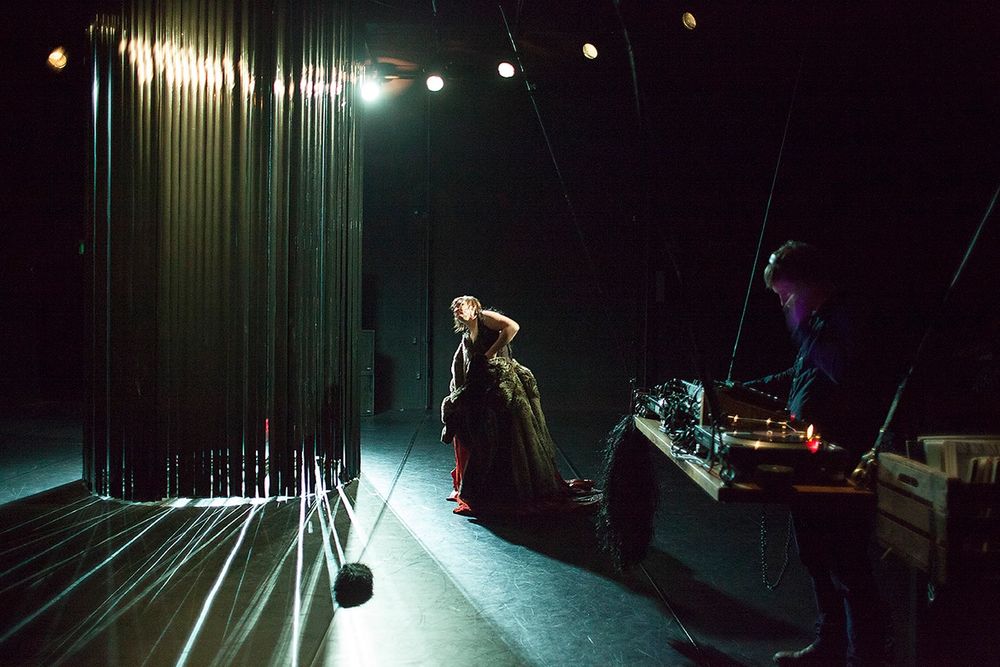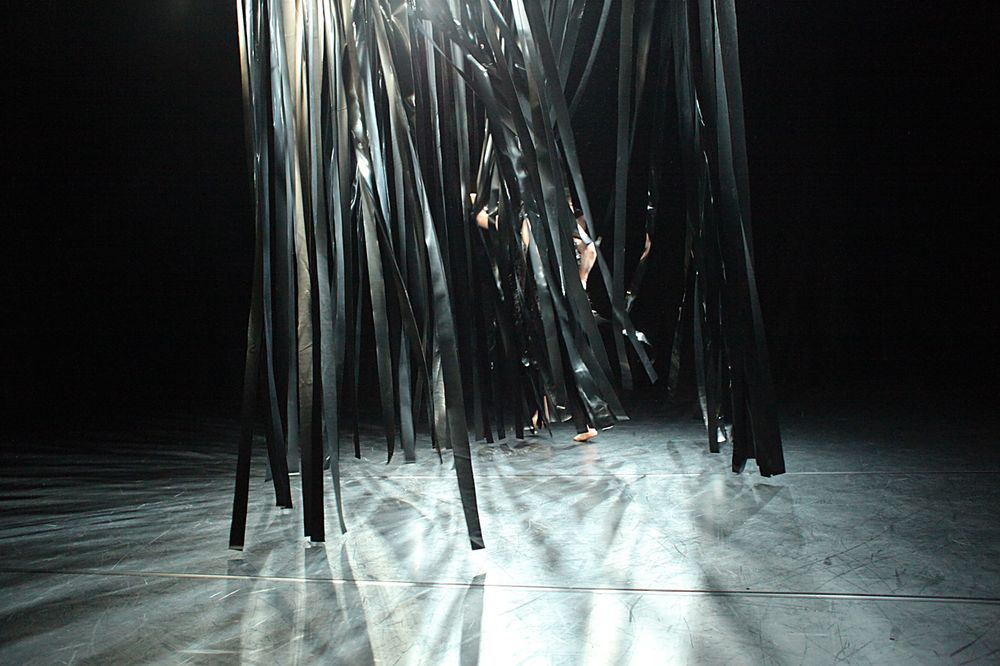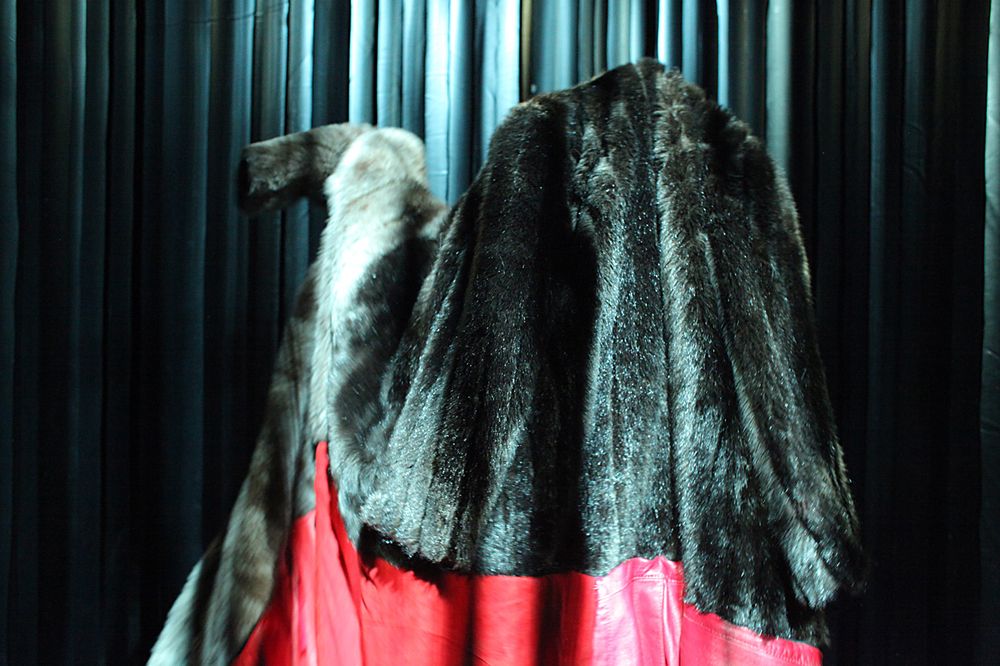Das Rotkäppchen is the third and final part of Henriette Pedersen’s performance series Riding Romance. The trilogy is a variation over three important Romantic art works.
The first part, Swan Lake (2012), had the ballet Swan Lake as its starting point, whereas part two, Das Nebelmeer (2013), was a reaction to the painting Der Wanderer über dem Nebelmeer by Caspar David Friedrich. With Das Rotkäppchen Pedersen moves on to the Romantic nationalism: the fairytale of Little Red Riding Hood and the Wolf.
The German brothers Jacob and Wilhem Grimm published in 1812 a collection of fairytales, including the one about Little Red Riding Hood. In the spirit of Romantic nationalism, the brothers were fascinated by the popular and national, and the fairytales were supposedly a collection of German folktales. But the tale about Little Red Riding Hood was based on a version published by Charles Perrault in France in 1697 – and before this the tale had enjoyed a long life by being passed on colloquially.
The versions of the fairytale, both by Grimm and Perrault and the ones existing before and parallel to these, divert on several aspects. The tale has some kind of core consisting of a girl (possibly a young woman) who passes through a forest on her way to visit her sick Grandmother, and on her way meets a Woolf. How the meeting unfolds varies, but the Woolf usually ends up eating, chop up or scare away Grandmother – and put on her clothes in order to trick Little Red Riding Hood when she arrives. In most versions Little Red Riding Hood doesn’t immediately realise the role reversal that has taken place in the little cottage in the woods, and the outcome of this has consequently also given the fairytale several different endings.
Throughout the times the fairytale has been interpreted in different ways. It has had an educational effect in teaching kids, and particularly little girls, to listen to their parents – to avoid bad things happening to them. Perrault also made Little Red Riding Hood appear a bit shallow by letting her wear a red chaperon – which was at the time thought of as fashionable. This allegedly led to Little Red Riding Hood being interpreted as individualistic, and the colour red on the hood was also supposed to have given connotations to her being in some sort of alliance with the Devil.
The Brothers Grimm made the fairytale more suitable for children by removing the sexual undertones. And unlike Perrault (who let the Wolf eat Little Red Riding Hood), they gave the fairytale a happy ending by letting her be rescued by a Hunter. Carl Gustav Jung developed in the 1900s a theory about the fairytales being a part of our collective memory, where the Wolf represents a danger both from without and within. Before the great fairytale-writers put Little Red Riding Hood into writing, she existed colloquially as a wandering heroine. Spinsters would take breaks from their whorls and tell each other fairytales, and the cruelties in their stories is supposed to have exceeded the ones in the version of Perrault.
If we continue this evolution and move beyond the narrative aspect of the tale – could Little Red Riding Hood perhaps be more of a state of being than a protagonist? Could the fairytale be considered a fusion, a state of mind where fragments of transition rites, cycles’, emotions and the need to explore – overshadow a potential meeting (with the succeeding outcome) between a small girl and a big, bad wolf?
As the examples above illustrates, the fairytale has been used and interpreted far beyond entertaining means throughout the times. When Pedersen takes on this tale, it is with the intention to dig deep beneath these layers. The scenic version of the fairytale will constantly be changing, but the original components of the tale will all be in place. Scenographer and costume designer Maja Nilsen has designed a room where the different versions of the tale all melt together into one. Together with light designer Tilo Hahn and DJ Olanskii’s thick forest of techno sound, performer Kristine Karåla Øren will let the moment melt together with the mythical universe.













